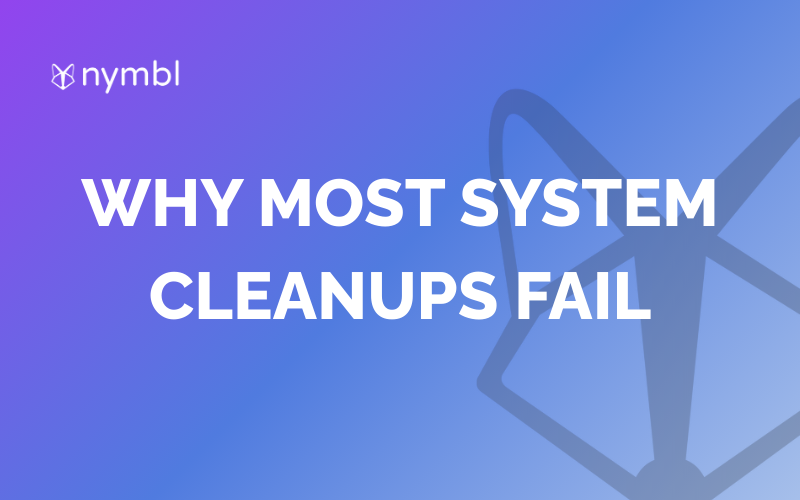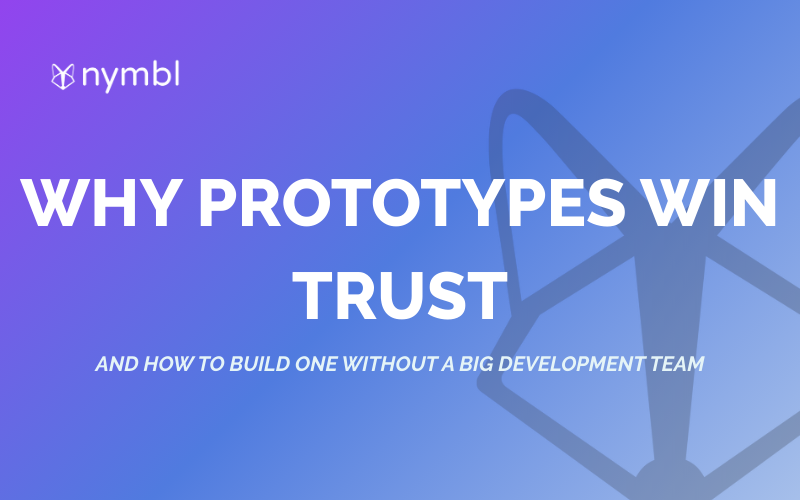A handful of use cases integrating AI into app development are taking businesses by storm this 2024. We’ve written about Generative AI, Language Translation Using AI, and even having your own ChatGPT via RAG, and discussed different industries that will be affected by AI.
Another interesting use case is using AI in voice transcription. Leveraging the use of AI in voice transcription allows businesses to do several things:
- Subtitling and Captioning: Automatically generating subtitles for videos.
- Voice Assistants: Transcribing voice commands to text for processing.
- Customer Service: Transcribing customer calls for analysis and training.
- Medical Transcription: Converting doctor-patient conversations into text for record-keeping.
- Meeting Transcripts: Automatically creating transcripts of meetings for documentation.
What is ASR or Automatic Speech Recognition?
AI can perform voice transcription through a process called automatic speech recognition (ASR). Automatic Speech Recognition (ASR) is a technology that converts spoken language into text using algorithms and machine learning models. ASR systems process audio inputs, transcribe the spoken words, and produce text outputs that can be used for various applications. These systems leverage deep learning techniques, such as neural networks, to accurately recognize and interpret human speech.
How does ASR work?
- Audio Input
- The process begins with capturing an audio signal, which is a continuous waveform representing the spoken words. This can be done through microphones or other recording devices.
- Preprocessing
- The audio signal is then preprocessed to remove noise or “cleaned” and enhance the quality. This involves filtering out background noise, normalizing the volume, and breaking the continuous audio into smaller, manageable segments.
- Feature Extraction
- The preprocessed audio is converted into a series of features that represent the essential characteristics of the sound. Common features include Mel-Frequency Cepstral Coefficients (MFCCs), which represent the short-term power spectrum of sound, and other spectral features.
- Acoustic Modeling
- Acoustic models are used to represent the relationship between audio signals and the phonetic units (phonemes) of speech. These models are typically trained on large datasets of recorded speech and their corresponding transcriptions using machine learning algorithms, particularly deep learning techniques like recurrent neural networks (RNNs) and convolutional neural networks (CNNs).
- Language Modeling
- Language models help predict the sequence of words by considering the context of the spoken language. These models use statistical information about word sequences to improve the accuracy of transcription. Advanced models like transformers (e.g., GPT, BERT) have significantly improved language understanding and generation.
- Decoding
- The decoding process involves combining the acoustic model outputs with the language model to generate the most likely transcription. This step uses algorithms like the Viterbi algorithm or beam search to find the optimal sequence of words.
- Post-Processing
- The final step involves post-processing the transcribed text to correct common errors, such as capitalization, punctuation, and formatting. This step may also include specialized processing for domain-specific terms or jargon.

Conclusion:
Automatic Speech Recognition (ASR) is a powerful tool that offers numerous benefits to businesses across various industries. By enhancing customer service, improving accessibility, increasing operational efficiency, and providing better insights, ASR can help businesses streamline their processes, reduce costs, and deliver superior experiences to their customers. As the technology continues to advance, the potential applications and benefits of ASR are likely to expand even further, making it an invaluable asset for modern businesses.
Nymbl is a leading advisory and development agency experienced in integrating AI into application and web development using low code no code tools. If you’re interested to learn more about how AI can be leveraged into voice transcription and how it can potentially shape your business, contact us here.






.png)


